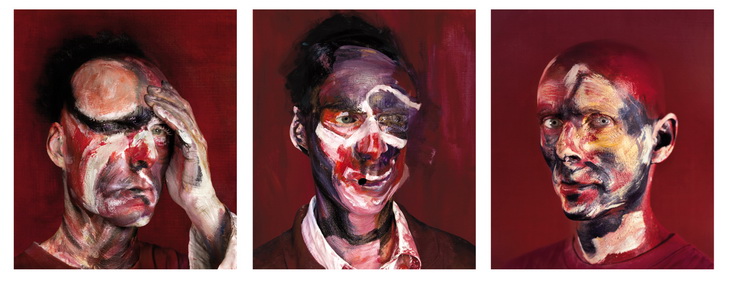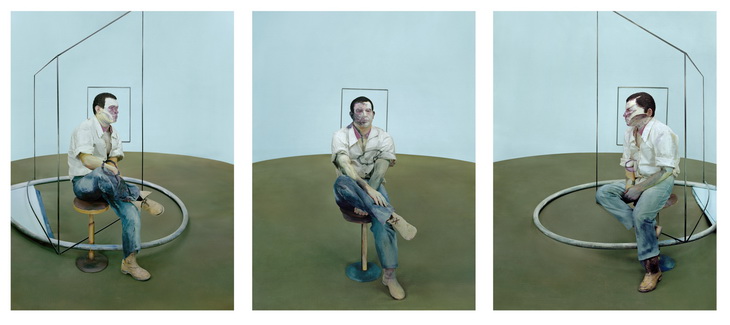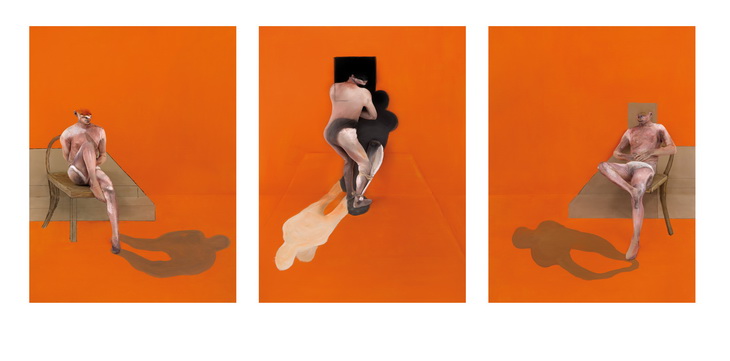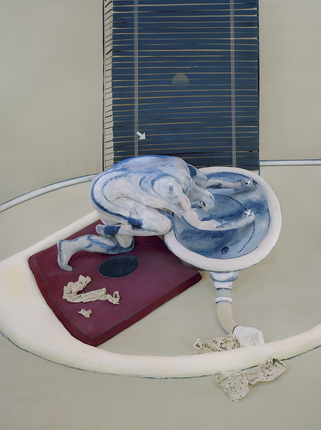After





Michel Platnic. After "Three Studies for Portrait of Lucian Freud, 1965". 2013. Color Print. Courtesy of Serge Tiroche & ST-ART Collection. © Michel Platnic
Michel Platnic. After "Three Studies of Lucian Freud, 1969". 2014. Color Print. Courtesy of Serge Tiroche & ST-ART Collection. © Michel Platnic
Michel Platnic. After "Three Studies for portrait of John Edwards, 1984". 2013. Color Print. Courtesy of Serge Tiroche & ST-ART Collection. © Michel Platnic
Michel Platnic. After "Triptych, 1983". 2014. Video. Courtesy of Serge Tiroche & ST-ART Collection. © Michel Platnic
Michel Platnic. After "Figure Standing at a Washbasin,1976". 2013. Color Print. Courtesy of Serge Tiroche & ST-ART Collection. © Michel Platnic
Moscow, 5.03.2015—2.04.2015
exhibition is over
Central exhibition hall Manege
1, Manege Square (
www.moscowmanege.ru
Share with friends
Curator: Amon Yariv
Project presented by Serge Tiroche & ST-ART Collection
For the press
In his series of works ‘After’, Michel Platnic engages, through a process of medial transformation, in a dialogue with paintings by the renowned British painter Francis Bacon. Platnic reproduces paintings by Bacon as three-dimensional objects which he builds in his studio, like theater sets or dramatic installations. Within these three-dimensional installations he positions live persons (himself or acquaintances of his) who embody the figures depicted in Bacon’s paintings, and paints their bodies similarly to the way the latter are executed. Having rendered the image three-dimensional, he transforms it yet again by photographing the installation both in still and video form, thereby adding to the image a dimension of movement and duration.
‘On the conceptual level’, Hadas Maor writes in the exhibition catalogue, ‘Platnic seems to be comprehensively familiar with Bacon’s paintings — their intricate architectural structure, the perception of space they embody, the emotional tumult concealed in them — yet he uses all these as a mere point of departure, striving to emerge there from onto other, additional dimensions. His work does not attempt to reconstruct or duplicate the exceptional painterly moment in Bacon’s work, but rather to operate in relation to it.’
It is interesting to contemplate Platnic’s work as related to the notion of camouflage, since one of its salient features is the assimilation of the live human figure into the painterly space, becoming an integral part of it. In Platnic’s ‘After’ series, the illusion of the figure’s assimilation into the background is dispelled. This dissolution is implied in the very transformation from one medium to another, but is most conspicuously noticeable in the video works. The video photography exposes not only the construction of the illusory space but also the actors’ difficulty in maintaining their still role over a prolonged period of time. These works stress the independence of the figures within their environment, which is mostly manifested in an exploration of the space’s boundaries and aimless movement within it.
In ‘After’, the act of appropriation is overtly present, for the works immediately divulge the source of the imagery: a painter who is instantly recognizable as Bacon. Bacon’s traces are evident in his unique style and the unrealistic depiction of his figures. Michel Platnic reproduces them with great accuracy, but the more credible his mimicry the more one notes the difference between the ‘source’ (Bacon’s painting) and his own work. In this sense, his use of Bacon’s work is tantamount to pointing out the inception of a process of medial concatenation.
Naama Haikin








